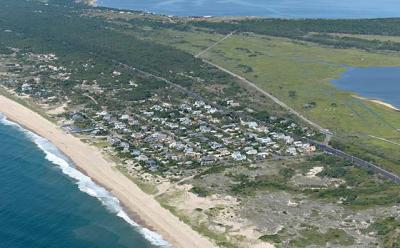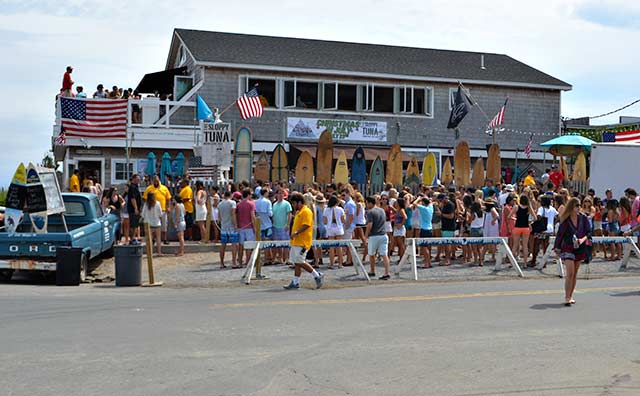New Dolphin Drive Lawsuit
New Dolphin Drive Lawsuit

A Napeague resident has sued the town to prevent parking across the street from his house on Dolphin Drive, alongside a town-owned nature preserve.
Jonathan Wallace is among a number of neighborhood residents who have come out strongly against the adoption of a management plan for the 37-acre South Flora Preserve. The plan calls for public parking along Dolphin Drive.
According to the lawsuit, providing parking spaces next to the preserve would damage its ecosystem and the habitat of protected species; cause erosion of nearby primary and secondary dunes, and threaten flooding of the neighborhood during severe storms.
The suit also claims that the proposed management plan, which calls for parking for 25 cars, violates provisions of the town code and of the State Environmental Quality Review Act. The nature preserve committee, which prepared the plan, presented it recently to the East Hampton Town Board, which has not yet taken action on it.
The lawsuit asks the court to prohibit the town board from adopting it and to declare that the proposed parking area is within the preserve. It claims also that the plan does not comply with various town laws, including the Local Waterfront Revitalization Project plan.
The recent court filing is Mr. Wallace’s second suit against the town over parking on Dolphin Drive. The first sought to have “no parking” signs replaced along the road, which town officials agreed to do before this summer began.



